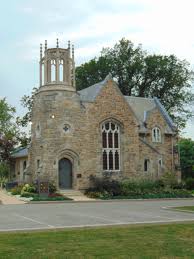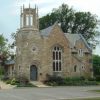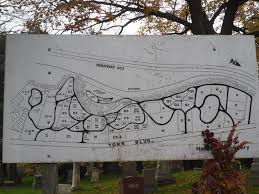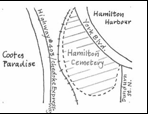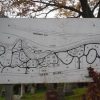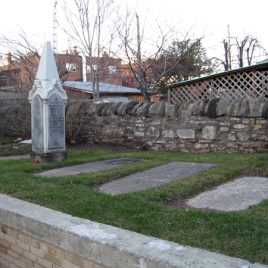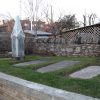Hamilton_X
$5.00
Digital Download Only
Description
CEM 303_cem303
During the war of 1812, the British Army required a secure and easily defendable position at the Head-of-the Lake to prevent any American advancement, Selecting the Burlington Heights strip of land as a defensible site; the British constructed a series of earthworks and outpost. During July 1814, the 8 traitors convicted at the Ancaster “Bloody Assizes” were hung here and buried along the Heights. The earthworks were left intact at the end of the war and can be seen within the cemetery property.
In January 1847, Trustees of Christ Church Cathedral purchased land for a cemetery from Sir Allan Napier McNab along the Burlington Heights. The first burial here, for George Pennington, took place that year. The next year, Christ Church sold much of its Burlington heights property to the City of Hamilton for use as a municipal cemetery. The first internment was William Hetherington in 1850. This marked the start of the first municipally owned and operated cemetery in Canada. The original site had a wooden fence and gated, but by 1857 they had become more elaborate, later joined by an iron railing fence. In 1865, the cemetery lodge and chapel were built, which housed the cemetery caretaker, and now the City’s cemetery office. In 1872, the Church of Ascension purchased 3 acres from Christ Church on adjoining land for $3000 to create their own cemetery. For the first 50 years, the three cemeteries (Municipal, Christ Cathedral and Ascension) operated independently, but by the 1890s, the churches were finding it difficult to afford the maintenance. In 1892 an agreement was reached between the interested parties to transfer all responsibility to the City of Hamilton, creating one entity out of the three cemeteries, unified under Hamilton Cemetery. In 1899 a system of perpetual care was created, which charged lot owners $0.50 per grave per year.
While the cemetery was heavily used until the end of the 19th century, by the first decades of the 20th century there was little vacant burial space. New municipal cemeteries were needed and ultimately created at Woodland and Eastlawn. Hamilton Cemetery is still open for burials for those who own deeds to unused plots.
Over the years, a number of bodies have been reinterred here from other smaller cemeteries. These include bodies from St Paul’s Presbyterian, Christ Church Cathedral and small family plots like the Hamilton family. The cemetery also contains 2 vaults built into the 1812 earthworks: Tuckett and Watkins with the Sandford Mausoleum nearby. The Hamilton vault is situated in another section of the cemetery.
Related products
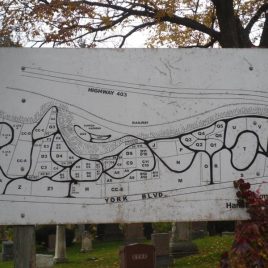
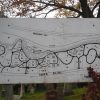
Hamilton_Barton Township, Hamilton Municipal Cemetery, A1_A2_B1_B2
